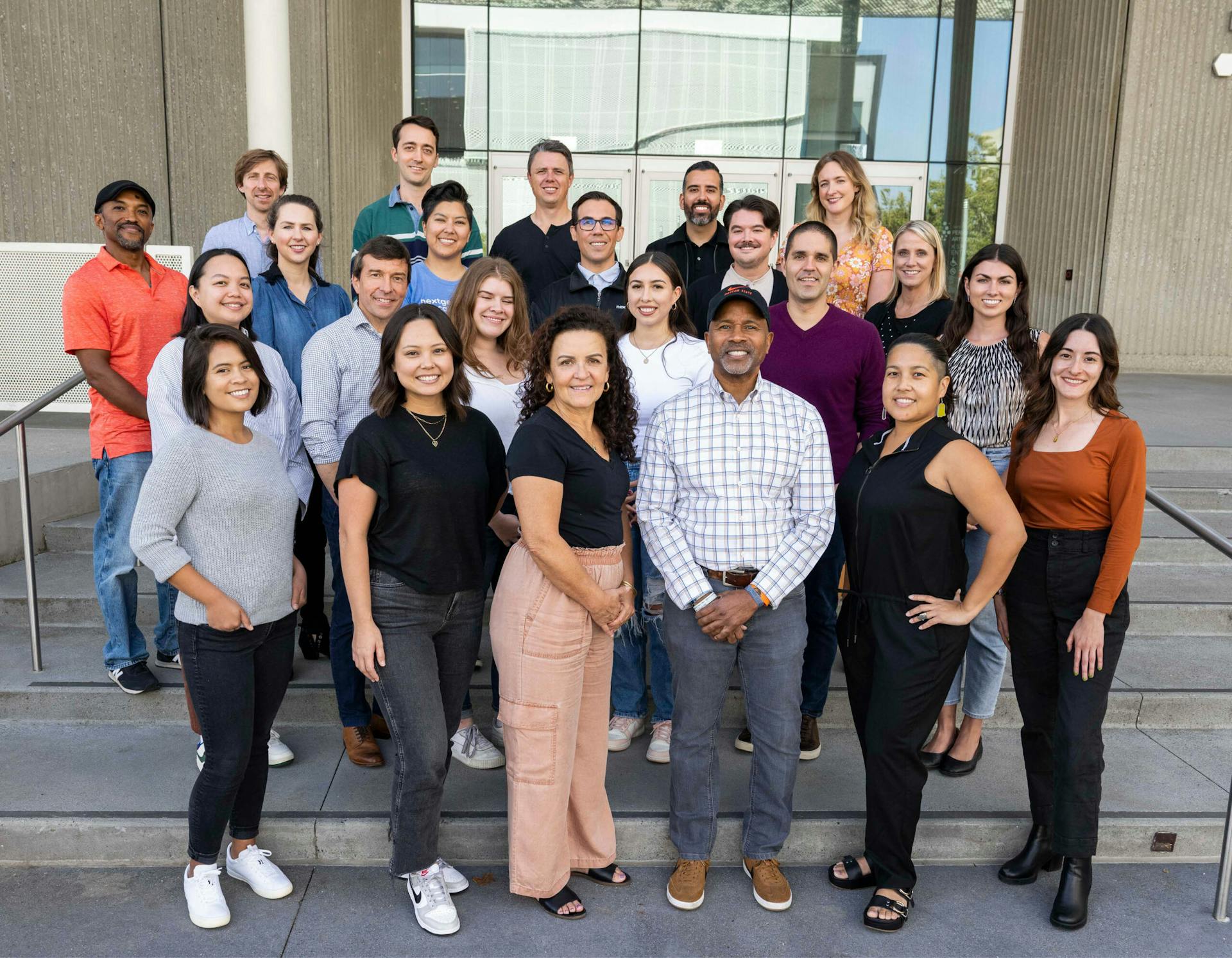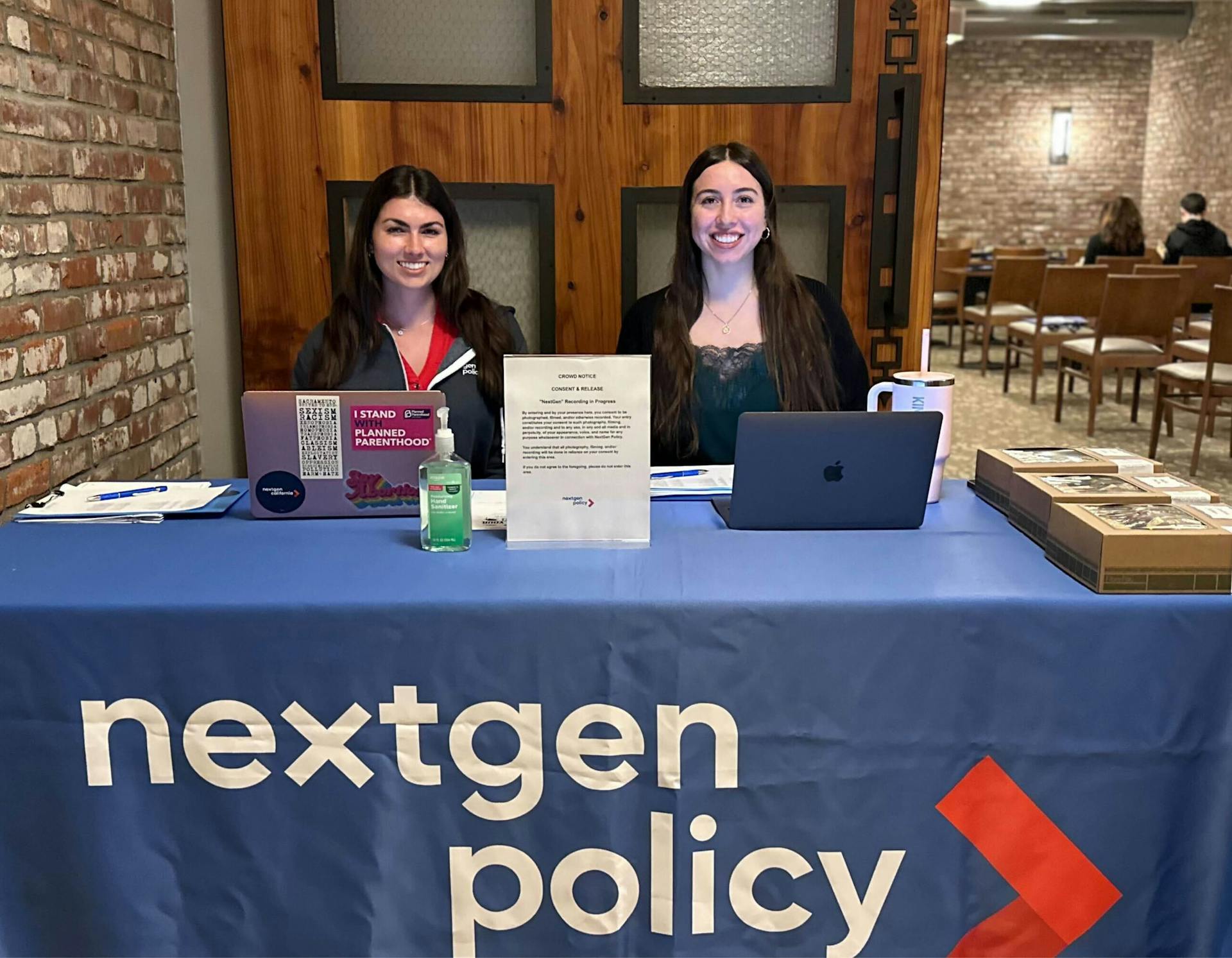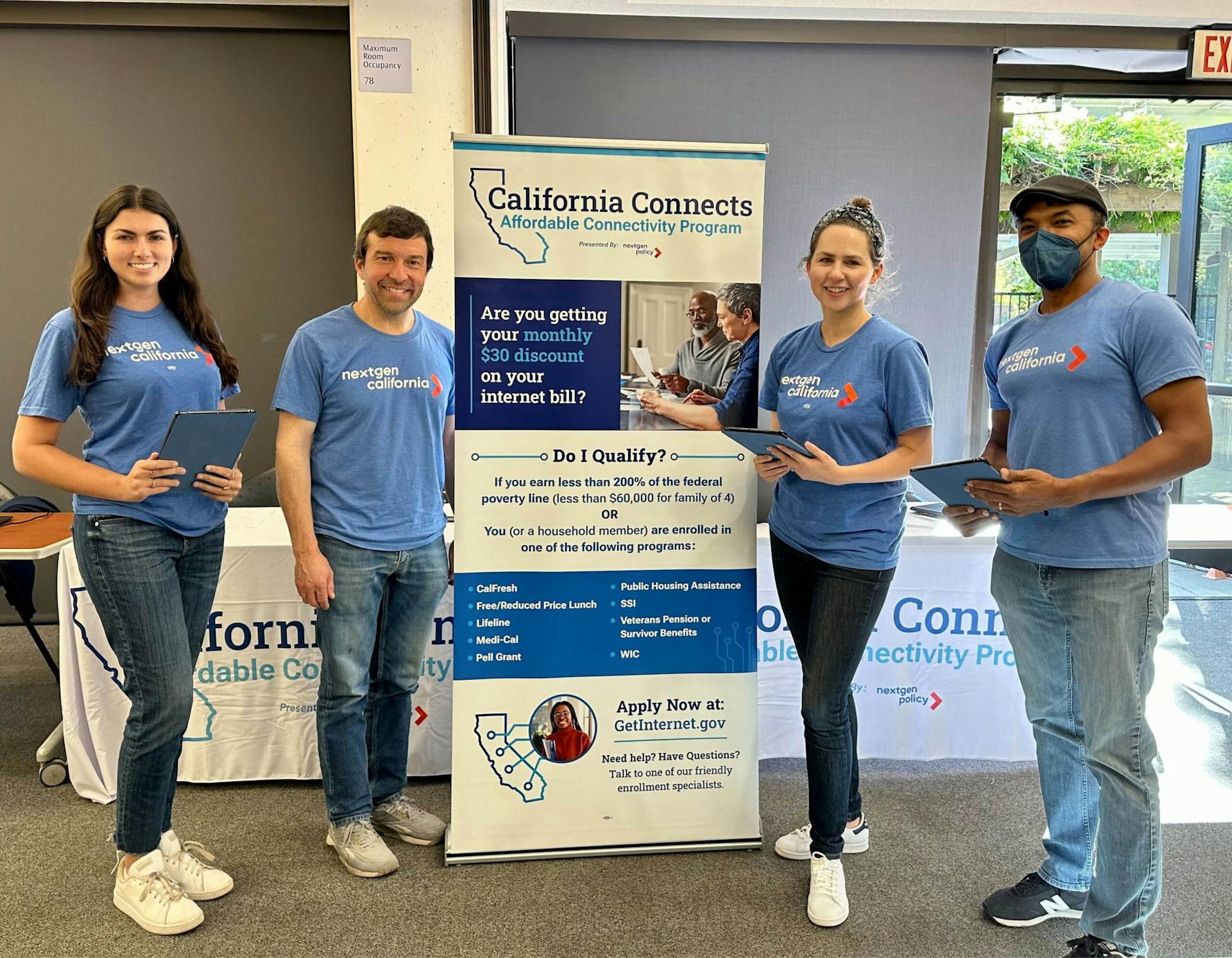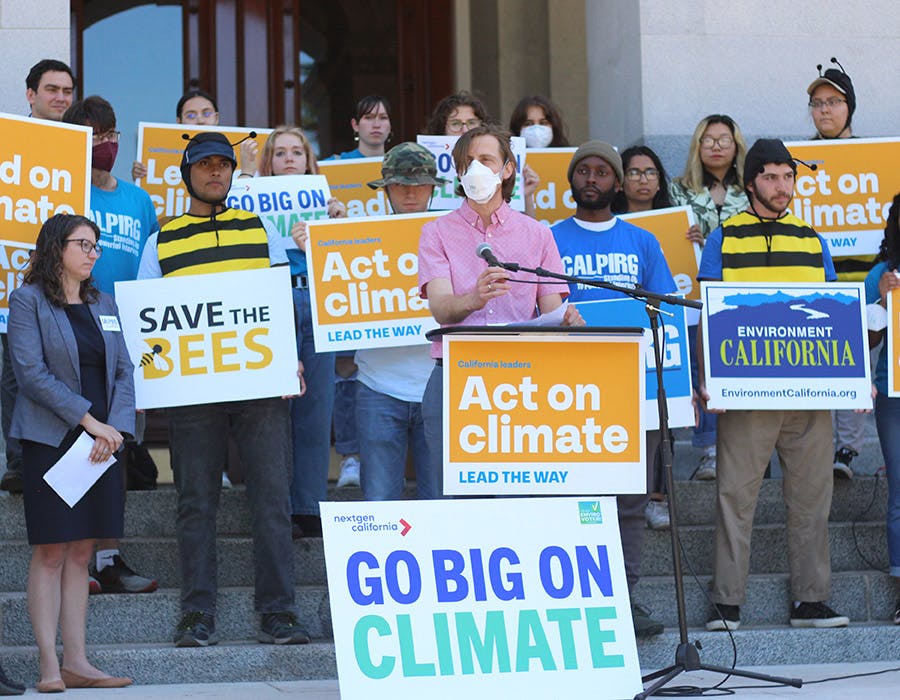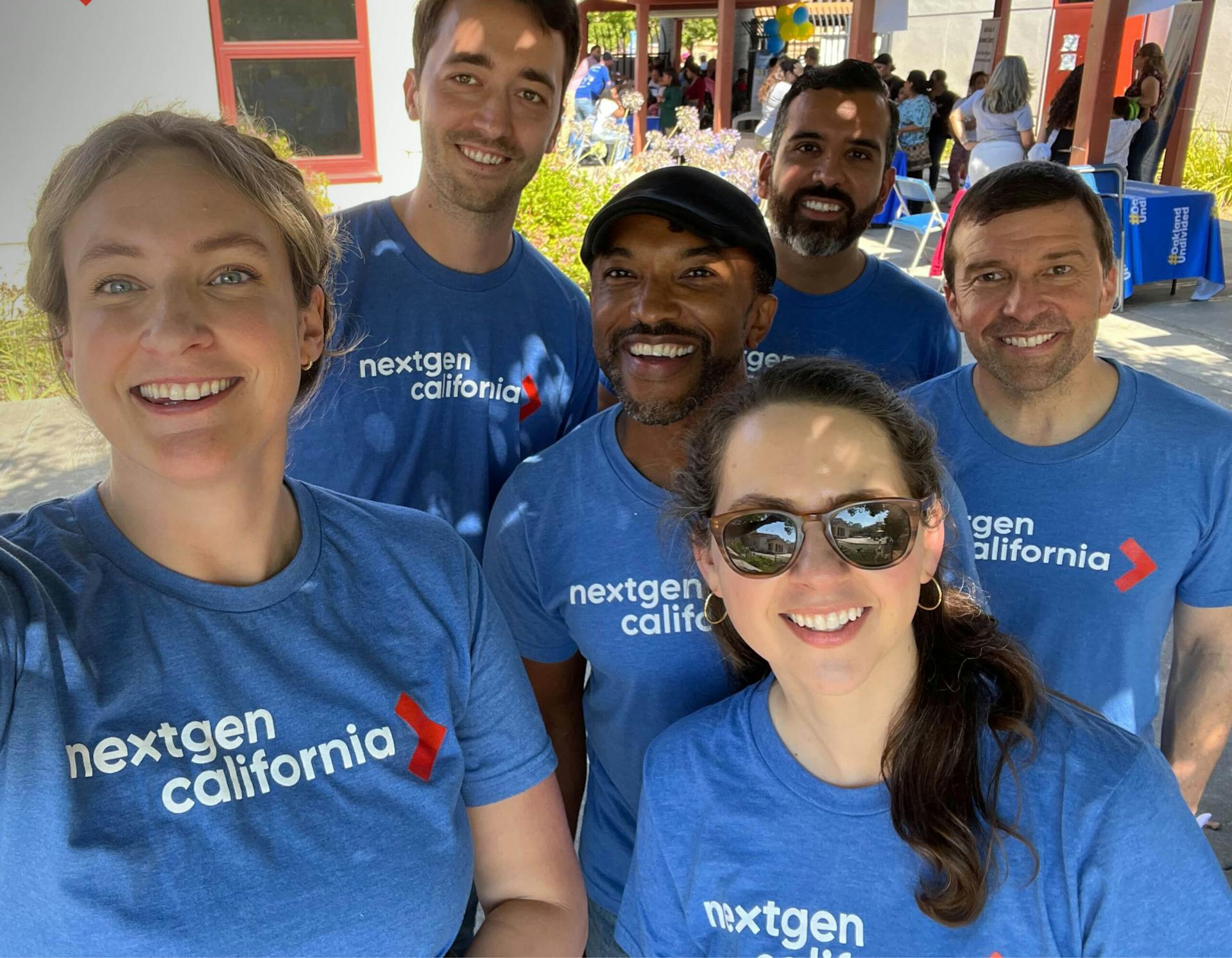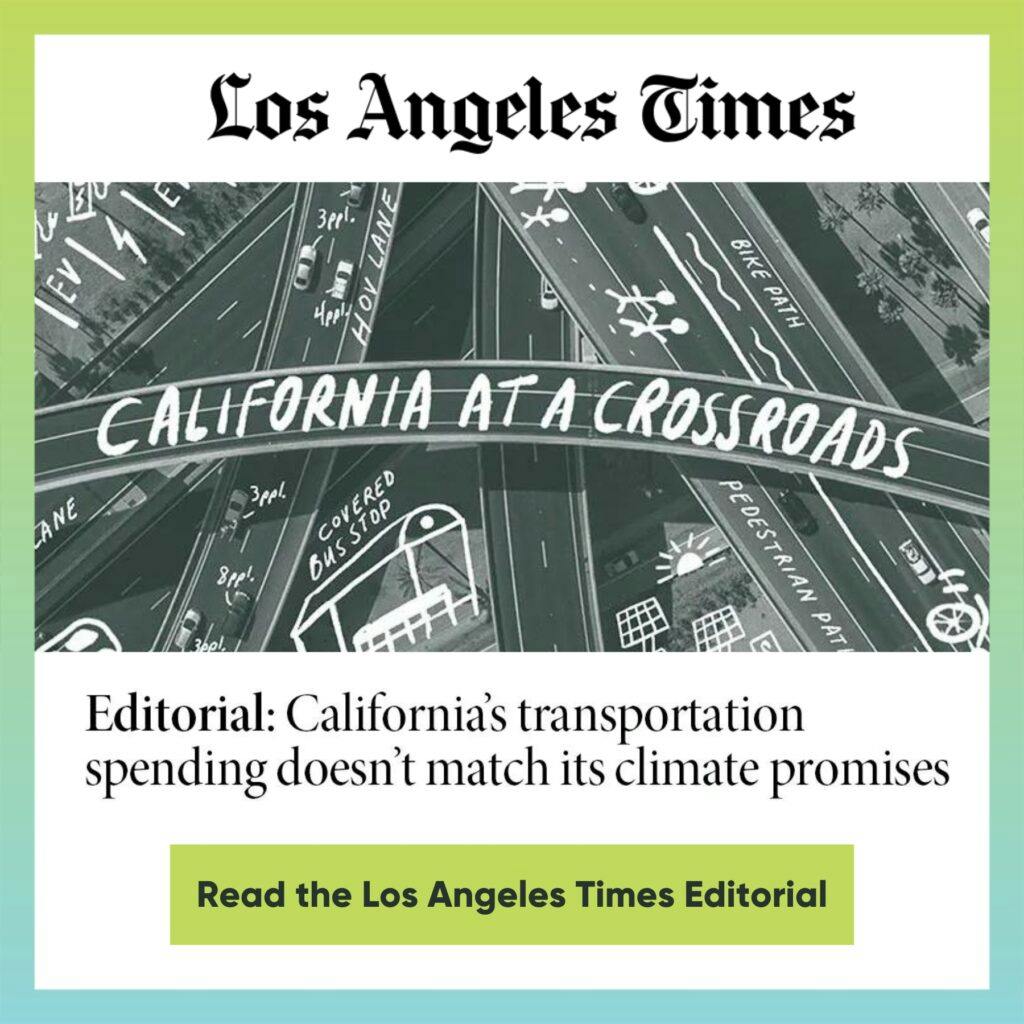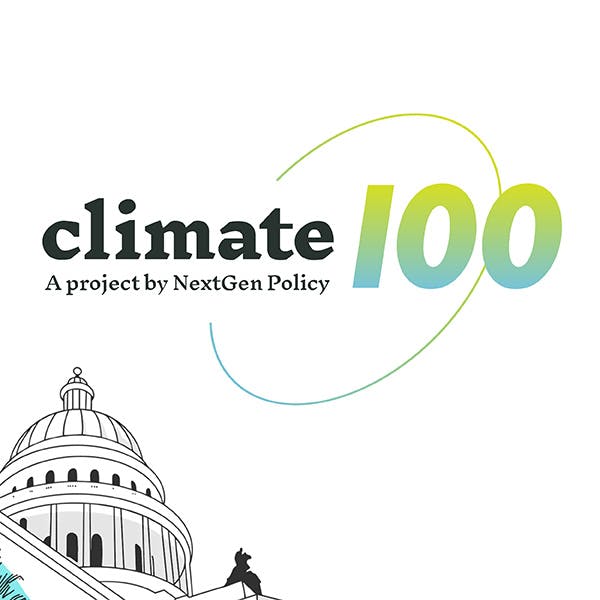Justice. Equity. Community. Progress.
NGP fights for progressive policy change to address environmental, social, racial, and economic inequities in California through justice-centered legislative advocacy, grassroots partnerships, and democratic civic engagement.
NextGen Policy’s Let’s Talk Blog!
Check it out! Our brand new Let’s Talk blog is now available. Read the latest from the NextGen team on our advocacy work and our efforts to build a more just, equitable, and resilient California for ALL:
Meet Arnie Sowell Jr., A Sacramento Bee Top 20 Black Change Maker!
The Sacramento Bee’s Equity Lab has partnered again with the Nehemiah Emerging Leaders Program (NELP) to honor our Black change makers. Individuals such as NextGen’s Executive Director, Arnie Sowell Jr. were selected as innovative problem-solvers, leaders who not only seek solutions but change cultures to help others find a path to improving lives.
Latest Updates
Our Work
Join our email list

We believe CA is the strongest when we come together to make our voices heard. Tell us your ideas, participate in our calls to action and be among the first to receive exclusive event updates.

